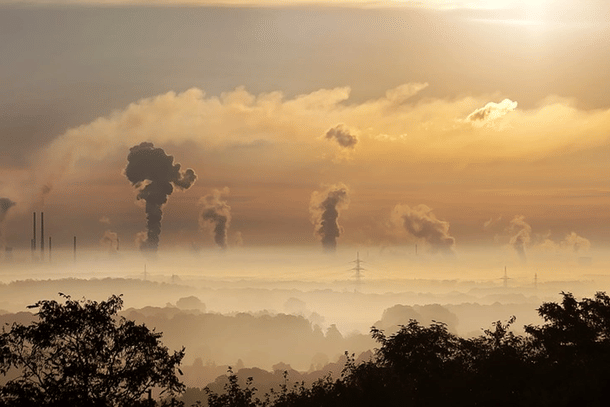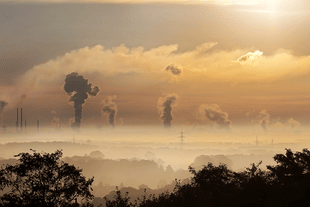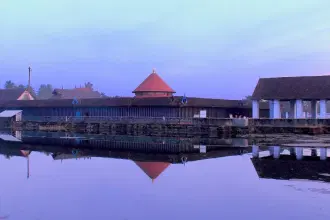News Brief
Commission Of Air Quality Management Reviews Measures Taken To Control Air Pollution In Delhi And NCR Region
Swarajya Staff
Sep 23, 2021, 03:39 PM | Updated 05:04 PM IST
Save & read from anywhere!
Bookmark stories for easy access on any device or the Swarajya app.


The newly constituted Commission of Air Quality Management (CAQM) recently reviewed the measures being taken by the state governments of Punjab and NCR (Governments of Delhi, Haryana, Uttar Pradesh and Rajasthan) for abatement of air pollution.
It was informed that these states had provided the CAQM with a detailed action plan for the prevention and control of stubble burning. Plans for deployment of PUSA bio-decomposer developed by the Indian Agriculture Research Institute (IARI) have also been prepared by states. It will be used on the land of 6 lakh acres in Uttar Pradesh, 1 lakh acres in Haryana, 7,413 acres in Punjab and 4,000 acres in Delhi.
Further, the commission has directed states for the implementation of the action plans. These directions include:
Implementation of crop residue management scheme by the Ministry of Agriculture. About 143,801 machines have been made available and an additional 56,513 are being procured.
To follow the protocol developed by ISRO to monitor and record stubble burning.
To convert crop residue to paddy straw pellets/briquettes for co-firing in thermal power plants. Power plants situated within 300 km radius of Delhi have been directed to make use of these pellets.
To make a switch to PNG/cleaner fuel to all industries located in the NCR region on a priority basis. It further informed that all industries in Delhi had already switched over to cleaner fuel; in Haryana and Rajasthan, it was 28 per cent, and in UP, it was 51 per cent.
To control vehicular pollution, all 124 entry points to Delhi have been provided with Radio Frequency Identification (RFID) system to facilitate cashless toll/cess collection to reduce traffic. Further, the commission has asked NCR states to fast track “Mandating procurement of zero emission and e-vehicles”.
To look into management and control of dust by making optimum use of mechanised means of sweeping of roads, scientific disposal of dust collected in designated sites/landfills, sprinkling of dust suppressants and water on roads and open areas, etc.
WHO Issues new Air Quality Standards
The World Health Organization (WHO) issued new Air Quality Guidelines (AQG) yesterday (22 September) for the first time since 2005. It has decreased the minimum threshold of quantities of particulate matter of 2.5 microns (PM2.5), PM10 and nitrogen dioxide. The new guidelines are not enforceable but act as an indicator of ideal standards.
These revised thresholds are below India’s minimum thresholds under the National Ambient Air Quality Standards of 2009.
National Clean Air Programme
The union government had launched the National Clean Air Programme (NCAP) with an aim to reduce the quantities of PM2.5 and PM10 by 20 to 30 per cent by 2024 by keeping 2017 as the base year. A total of Rs 376.5 crore has been sanctioned for the period of 2019 to 2021 for the implementation of the programme.





